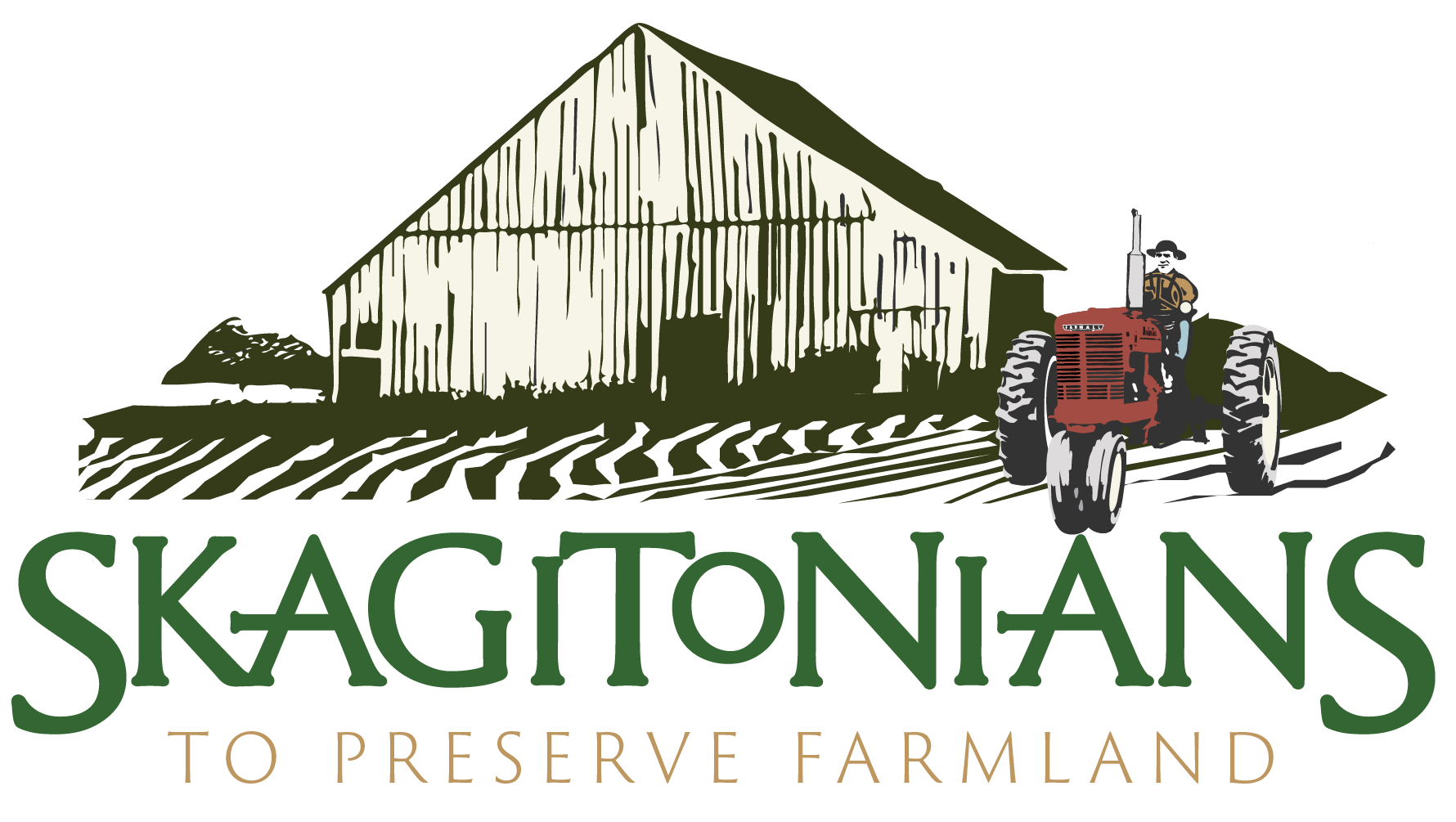The Dirt Issue 10 - Building with Nature
Building with NatureIf you've lived in the Skagit Valley for any length of time, you've no doubt heard talk and seen reports on Chinook salmon recovery efforts. A lot of committed, caring people representing many different points of view, and often competing priorities, have been working to give not only Chinook, but Coho, Sockeye, Pink and Chum salmon, winter-run Steelhead and Bull trout a way to thrive amidst a dynamic ecosystem that is vital to all that lives here, including us.Estuaries are the richest and most important rearing habitats for fish in the salmon family. With their nearly-level topography, estuaries give young salmon space to lie low, even hide and stay safe from turbulent waters and predators as they transition from fresh to salt water and grow strong on the estuary's abundant plant and insect life.More than just salmon thrive on an estuary.Of the 32 largest cities in the world, 22 are located on estuaries. They are people-magnets and the primary location for many of the economic and cultural pursuits that define the human condition in the 21st century. Our own estuary, the Skagit River delta, is not overrun with high-rise hotels and condominiums, but is the lifeblood of the most-productive and sustainable agricultural region in all of Puget Sound.There is no comparable match for the soil, climate and latitude benefits found here in the Skagit Valley. It is a hard-won and carefully husbanded agricultural legacy that has fed countless millions over the last 150 years. The ecological benefits are immense. Unlike other regions in Puget Sound which have lost their farmlands, the largely agricultural base of the Skagit Valley has been instrumental in the Skagit River supporting runs of all 6 native salmon species, with Sockeye, Pink and Coho populations increasing and Chinook holding their own or, among "Springers" slightly increasing.But stakeholders, including Puget Sound tribes, acknowledge the current Chinook salmon recovery plan is not keeping up with habitat loss.Perhaps it's time to rethink.The Dirt is sent to you as a member of Skagitonians to Preserve Farmland, someone who has professed an interest in keeping farmland as farmland. As you know, there are competing interests that would like to see at least some of that farmland converted to habitat. In fact, it's already happened.It probably would be no big deal if there was more prime farmland to work with, but the fact is, with all the pressures for competing uses, 60% of Skagit farmland has already been lost. Losing yet more to habitat conversion brings us ever closer to a tipping point where critical mass is threatened; critical mass being that quantity of farmland necessary to maintain crop rotation and isolation requirements of an agriculturally-diverse Skagit Valley. Lose it and we go the way of the other Puget Sound valleys that have given over to urban sprawl and have no agricultural base left to protect.But there may be another way.Building with Nature is a concept already being employed in a number of countries around the world, including our own. It combines man-made infrastructure with nature's own, observable need to spread coastlines outward toward the sea. Building with nature is a technique to achieve what's known as coastal resiliency and provide better protection against sea level rise, storm surges and flooding events brought about by climate change.By encouraging, even facilitating, development of salt marshes and brackish side channels for habitat outside the dike lines our constantly evolving coastlines can be coaxed into creating essential habitat while still allowing farmland to be protected.We are already employing these concepts in Europe, the east coast of the United States, and elsewhere. It is time for all of us in Puget Sound and in the Skagit Estuary to seriously evaluate and consider their potential in one of the last agricultural valleys left in the Puget Sound. Our system of dikes and levees protect vital farmlands, but by using nature as a partner they might also be used to undergird a habitat expansion that serves the needs of salmon along with farmland.
